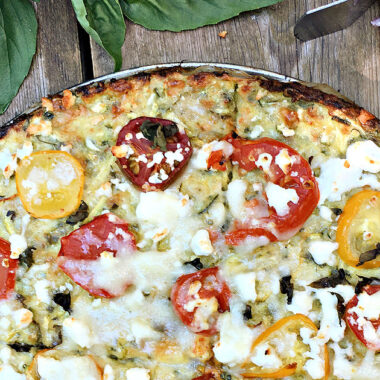I consider recycling the “R” of last resort.
In an ideal world recycling is what you do with stuff at your home or office that you end up with, in spite of your efforts to reduce, reuse and repair. Recycling is important, to be sure, and we still have much room to improve. (According to a Fundy Solid Waste Commission waste audit conducted in late 2014, more than 21% of our household trash still contains recyclables.)
But if we backtrack to before those recyclables made it into the trash and focus on the other “Rs” then we wouldn’t have to worry so much about trash making its way into landfills and the environment.
Update: Read this article on the Mother Nature Network: Swedish government wants to reward citizens who repair instead of toss.
Reduce, Reuse, Repair, then Recycle:
- Reduce: Thinking before you buy is a good habit for many reasons, and it doesn’t just have to be for major purchases. We have all ended up with clothes and other items gathering dust in our closets, never having been worn or used. The good thing is that these items can be given away instead of tossed in the trash but the better thing is to learn from our hasty purchase decisions.
- The “reduce” mindset can extend to the grocery store as well. According to Clean Water Action, plastic food containers and packaging is the largest form of municipal waste in the U.S. (no data for Canada) and amounts to 80 million tons of waste every year. And that doesn’t include plastic bags.
- Taking packaging into account when we shop means we’ll have less to put in the trash, or the recycling bin and it may leave more money in your pocket.
- Leave single serving items like yogurt in the cooler, and grab large containers instead (simply make your own single servings using reusable containers). Look for larger sizes in other products you use often as well, or search out brands that have eco-friendly packaging. Some cereal brands have eliminated box board, and package in plastic bags only.
- Reuse: “Disposable” isn’t necessarily a good thing. Sure, it’s convenient but how often is it necessary to buy single-use items? From plastic cutlery to your morning coffee there are reusable options for many of our daily needs. (According to the Fundy Solid Waste Commission, when you purchase one cup of coffee in a disposable container every day, you create about 23 lb of waste each year.) Buying second hand is eco-friendly too.
- Repair: From clothing to shoes to furniture, consider having something repaired rather than throwing it out. Clothing can be stitched, shoes can be glued, stitched and resoled and furniture can be glued, screwed, refinished, painted, reupholstered or slip covered, and cushions can be replaced.
The four “Rs” are all important rules to live by, but they aren’t equally important. Reduce, reuse and repair come first and after that “recycle” should just be a given.







